NRC fees updated for FY 2023
The Nuclear Regulatory Commission recently revised its regulations for the licensing, inspection, special projects, and annual fees it will charge its applicants and licensees for fiscal year 2023.

A message from Electrical Builders, Ind.
America’s Top Performing Nuclear Plants Rely on Electrical Builders, Industries to Expand and Extend the Life of Their Critical Electrical Assets
The Nuclear Regulatory Commission recently revised its regulations for the licensing, inspection, special projects, and annual fees it will charge its applicants and licensees for fiscal year 2023.
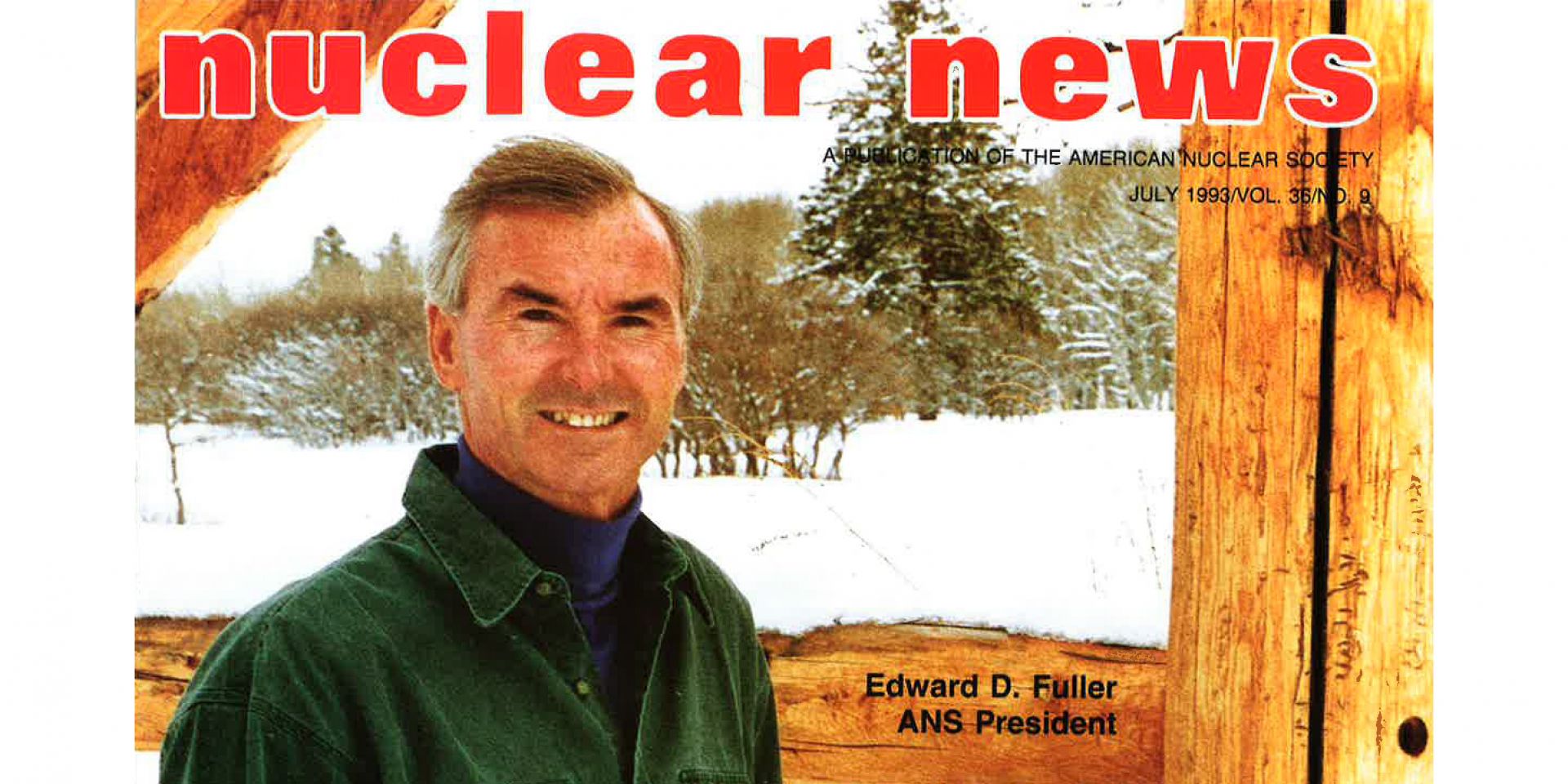
Every year in July, ANS introduces a new president to its membership. Thirty years ago this month, it was Ed Fuller. Fuller joined ANS in 1966, was named a Fellow, and served in numerous leadership positions in ANS committees, divisions, and on the board of directors prior to becoming president in 1993. Last month Fuller passed away at the age of 82.
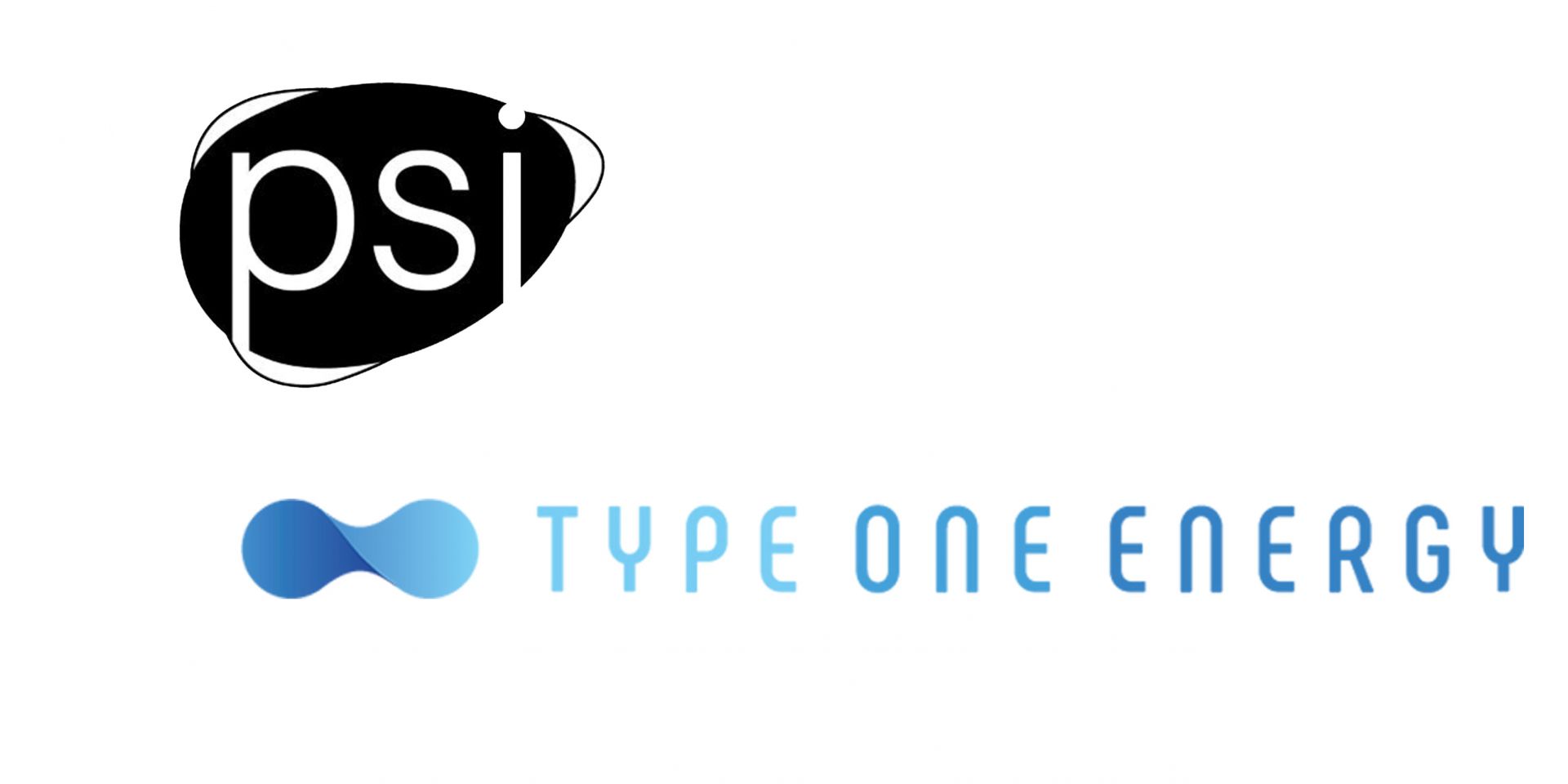
Princeton Stellarators Inc. (PSI) and Type One Energy Group are two of the eight fusion developers selected by the Department of Energy in late May to receive a total of $46 million in funding to kick off a public-private Milestone-Based Fusion Development Program aimed at developing fusion pilot plant designs and resolving related scientific and technological challenges within five to 10 years. The DOE’s selections cover an array of plasma confinement concepts, including the magnetic confinement stellarators being developed by PSI and Type One more than 70 years after the stellarator was first envisioned.
Nuclear Newswire previously took a close look at two of the DOE’s picks: Realta Fusion and Zap Energy (“innovative concept”) and Focused Energy and Xcimer Energy (inertial fusion). Here, we’ll examine how PSI and Type One are engineering solutions to the fusion plasma confinement challenge. Both companies are benefiting from recent advances in computing power and high-temperature superconducting (HTS) magnets. It’s in plans for design, manufacturing, assembly, and control of their stellarators that they differ.

When Ken Petersen is asked what he sees as the biggest challenges facing nuclear today and in the future, he immediately turns the question around. The 69th president of the American Nuclear Society prefers to focus on the positives of nuclear power instead of dwelling on the biggest challenges facing nuclear’s future prospects. That’s because there’s a lot to celebrate within the nuclear community—especially recently.
Most everything is trending up—from advanced technologies such as SMRs and microreactors to the promise of fusion energy to new ways of creating medical isotopes to progress in space exploration. “There’s huge momentum for nuclear right now,” Petersen said. “We're getting support from the environmentalist community and from legislation. I see it as a huge opportunity for us to continue to grow. It’s an exciting time. And it’s not just the U.S. It’s worldwide, too.”

Jeff Baran, who has been renominated for another five-year term on the Nuclear Regulatory Commission, has received a vote of confidence from a progressive policy research organization. On June 14, the same day his renomination was reported favorably out of the Senate Environment and Public Works Committee in a 10–9 vote, the organization—Good Energy Collective—released a statement from its deputy director, Jackie Toth, in praise of the commissioner.
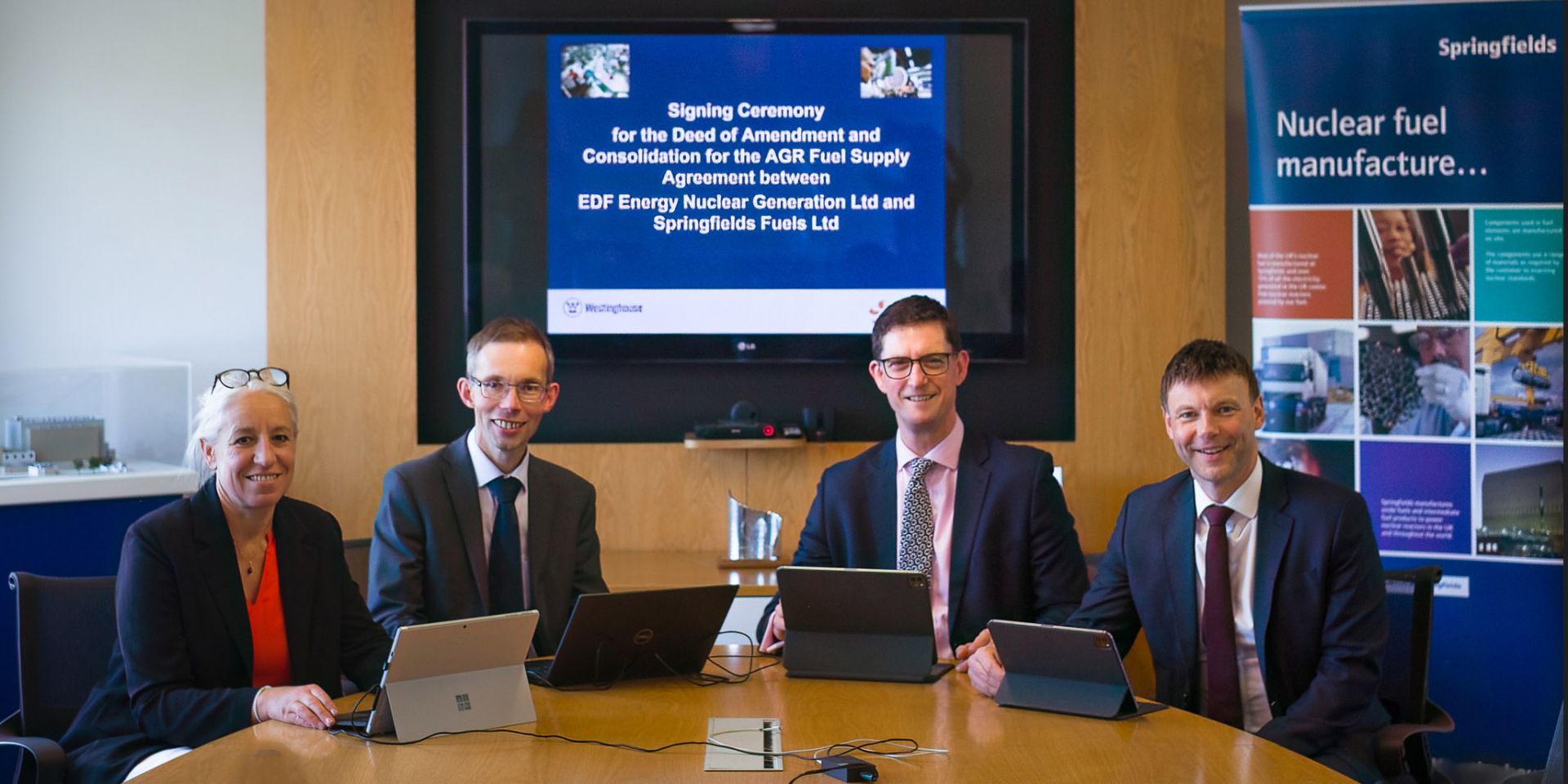
Westinghouse Electric Company has signed a contract extension with EDF Energy to supply fuel for the United Kingdom’s advanced gas-cooled reactor (AGR) fleet, the American firm announced yesterday.

The Department of Energy’s Office of Environmental Management and the New Mexico Environment Department (NMED) have negotiated a settlement on terms to renew the 10-year operating permit for the Waste Isolation Pilot Plant near Carlsbad, N.M. The DOE, along with WIPP’s operating contractor, Salado Isolation Mining Contractors, and the NMED negotiated the settlement with New Mexico stakeholders.

Advanced reactors may be key to a clean energy future, but to prove it they’re going to need fuel—and that fuel will be derived from limited uranium resources and managed throughout the nuclear fuel cycle, whether that cycle is open (like the current fuel cycle) or closed (with reprocessing). Six panelists convened on June 12 during the Annual Meeting of the American Nuclear Society for the executive session “Merits and Viability of Advanced Nuclear Fuel Cycles: A Discussion with the National Academies.” They discussed those fuel cycles and the findings of a National Academies of Science, Engineering, and Medicine (NASEM) consensus committee released as a draft report in November 2022 and published earlier this year.
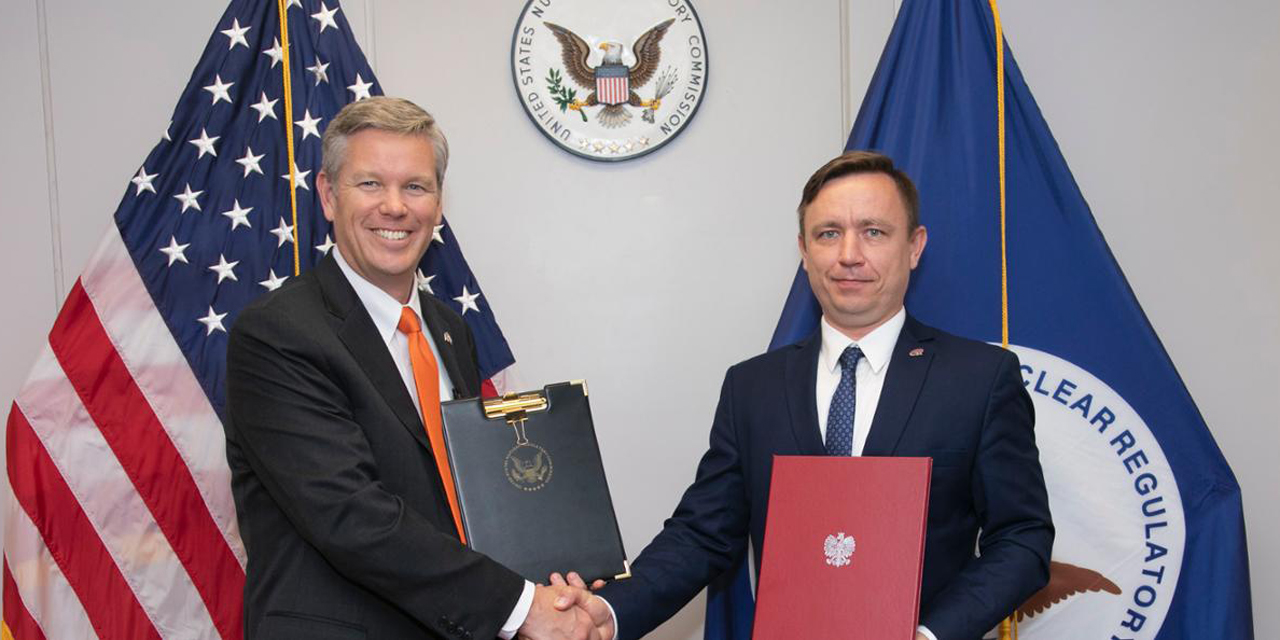
The Nuclear Regulatory Commission and Poland’s National Atomic Energy Agency (PAA) have renewed their cooperation agreement for the next five years.
Westinghouse and TerraPower, in conjunction with Belgium’s Pan Tera, have announced plans to produce large quantities of actinium-225, a radioisotope used for targeted alpha radiation therapy for certain types of cancer.

Nuclear Waste Services, the United Kingdom’s radioactive waste management organization, launched in January 2022, has begun a wide range of studies to evaluate sites that could be suitable to host a geological disposal facility (GDF).
The Nuclear Regulatory Commission staff has completed its final safety evaluation for Kairos Power’s application to build its Hermes advanced test reactor at a site in Oak Ridge, Tenn., the agency announced recently. The evaluation found no safety aspects precluding issuance of a construction permit for the proposed reactor.
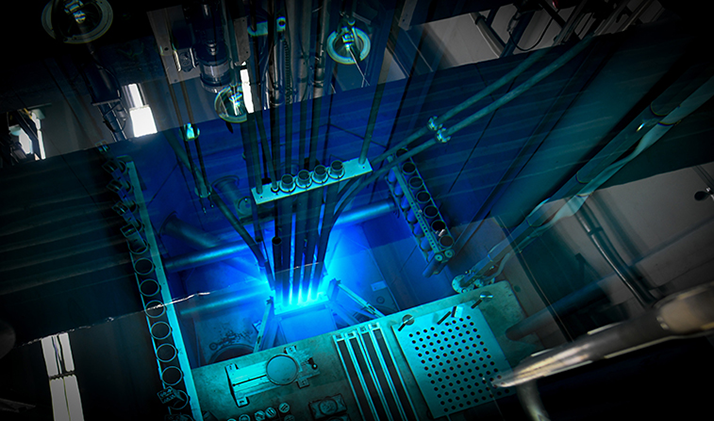
The American Nuclear Society is collaborating with the Kenan Fellows Program for Teacher Leadership (KFP) at North Carolina State University to introduce a nuclear science curriculum to Kenan Fellows and the K-12 students they teach.
The Finnish company Steady Energy, a spinout entity from VTT Technical Research Centre of Finland, announced on June 27 that it has raised €2 million in seed funding led by VTT, Yes VC, and Lifeline Ventures. Steady Energy aims to build what it said would be the world’s first reactor-based heating plant by 2030. The company will use the funding to work on research and development to demonstrate the functionality of its LDR-50 plant by building a 1:1 scale mock-up powered by electric heat.
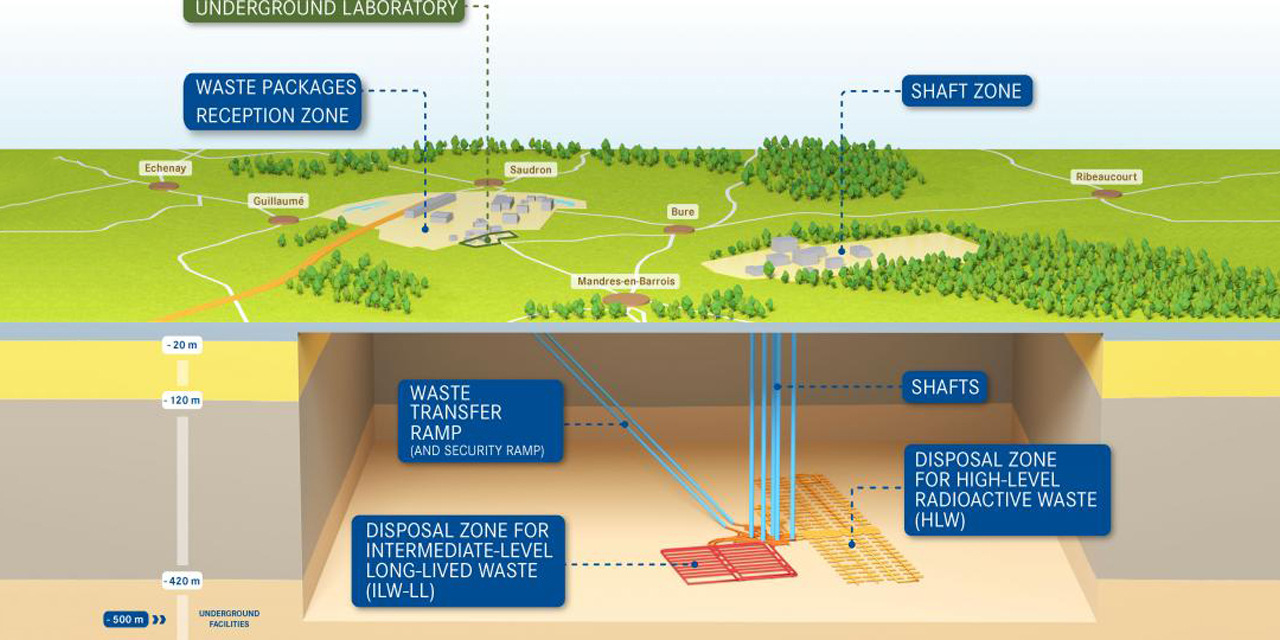
Having deemed the application admissible, France’s nuclear safety authority, Autorité de sûreté nucléaire (ASN), will undertake a technical appraisal of Andra’s application to construct the Cigéo deep geological disposal facility for radioactive waste.

Fusion tech company SHINE Technologies announced that it is opening the largest facility in North America dedicated to the production of non-carrier-added lutetium-177, a medical isotope used in targeted cancer therapies.
The Gateway for Accelerated Innovation in Nuclear (GAIN) announced June 26 the companies that have received GAIN Nuclear Energy Vouchers, which allow private companies to access the expertise and research capabilities of Department of Energy national laboratories to advance their projects toward commercial deployment. This is the third round of GAIN vouchers awarded for fiscal year 2023; the first round was announced in December 2022 and the second in March.
The future of nuclear power and nuclear science will be informed by the past. But how did “the future” look six decades ago? We’ll check back on the predictions of ANS members in 1965 before assessing the investments in technology, workforce, and licensing needed now.
Serva Energy has developed a research reactor–based method of actinium-225 production, the company announced on June 22, saying it “marks the first time a commercial entity has employed a conventional nuclear reactor to produce the lifesaving isotope—allowing for dozens of existing research reactors around the world to collaborate with Serva on increasing production of Actinium-225 without huge capital investments or delays for construction.”
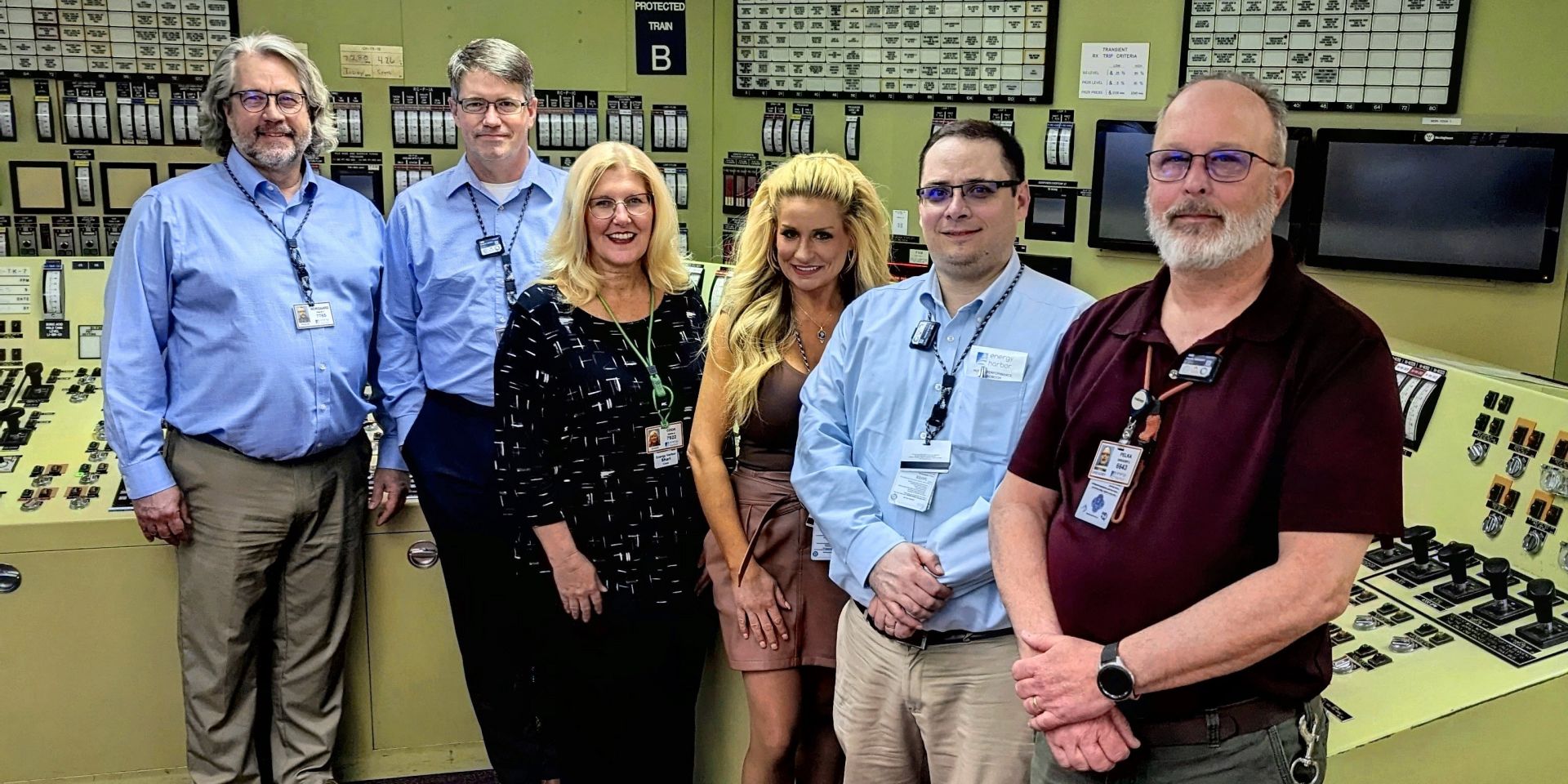
The education and training of the nuclear power plant workforce is advancing in ways that are increasingly based on scientific knowledge about how the brain works. At the Beaver Valley nuclear power plant in Shippingport, Pa., instructional technologist and certified nuclear instructor Annaliese B. Piraino is applying the principles of educational psychology and neuroscience to the instructional practices.
The plant, which Texas-based Vistra Corporation acquired recently from Energy Harbor, consists of two Westinghouse pressurized water reactors, each with a production capacity just over 930 MWe. The operators along with the maintenance and technical staff at Beaver Valley are beginning to show the benefits of the new neuroscience-based instructional approaches to training that are being implemented by Piraino and the Beaver Valley training department.